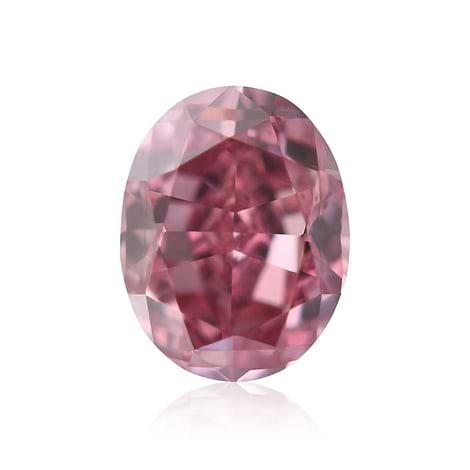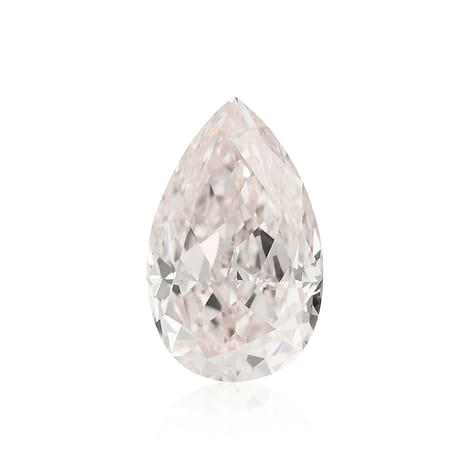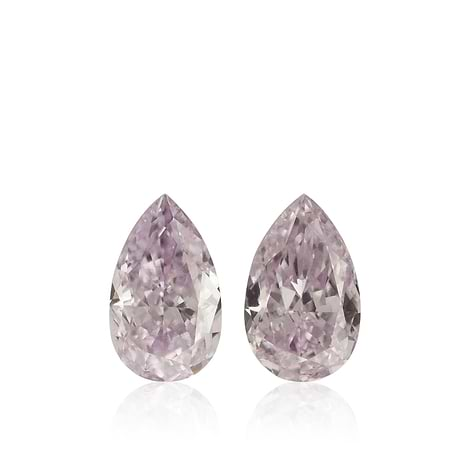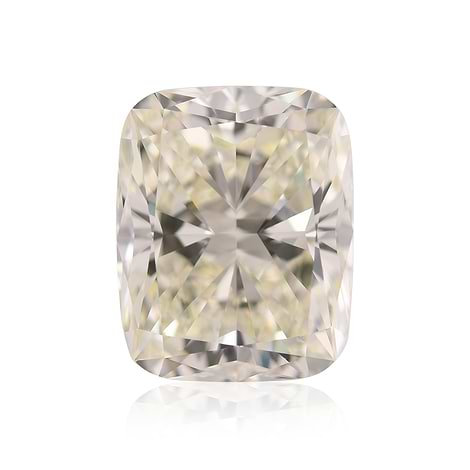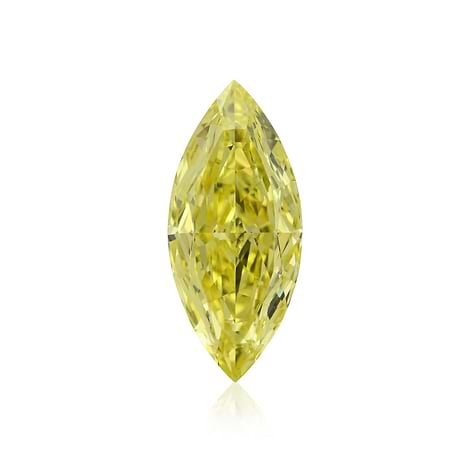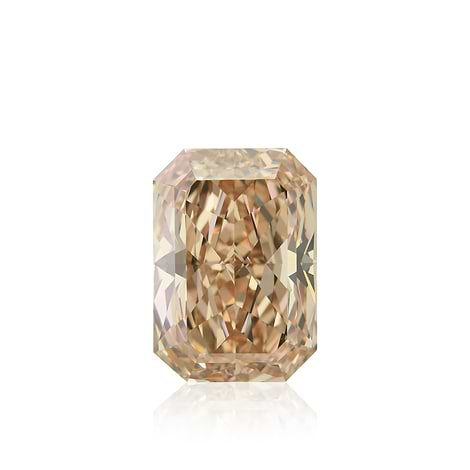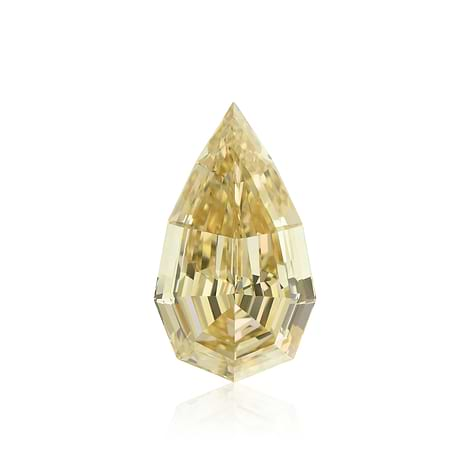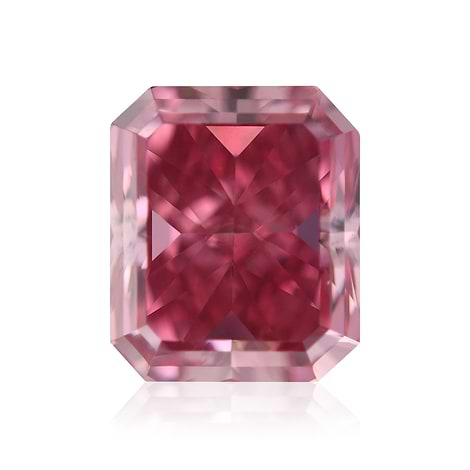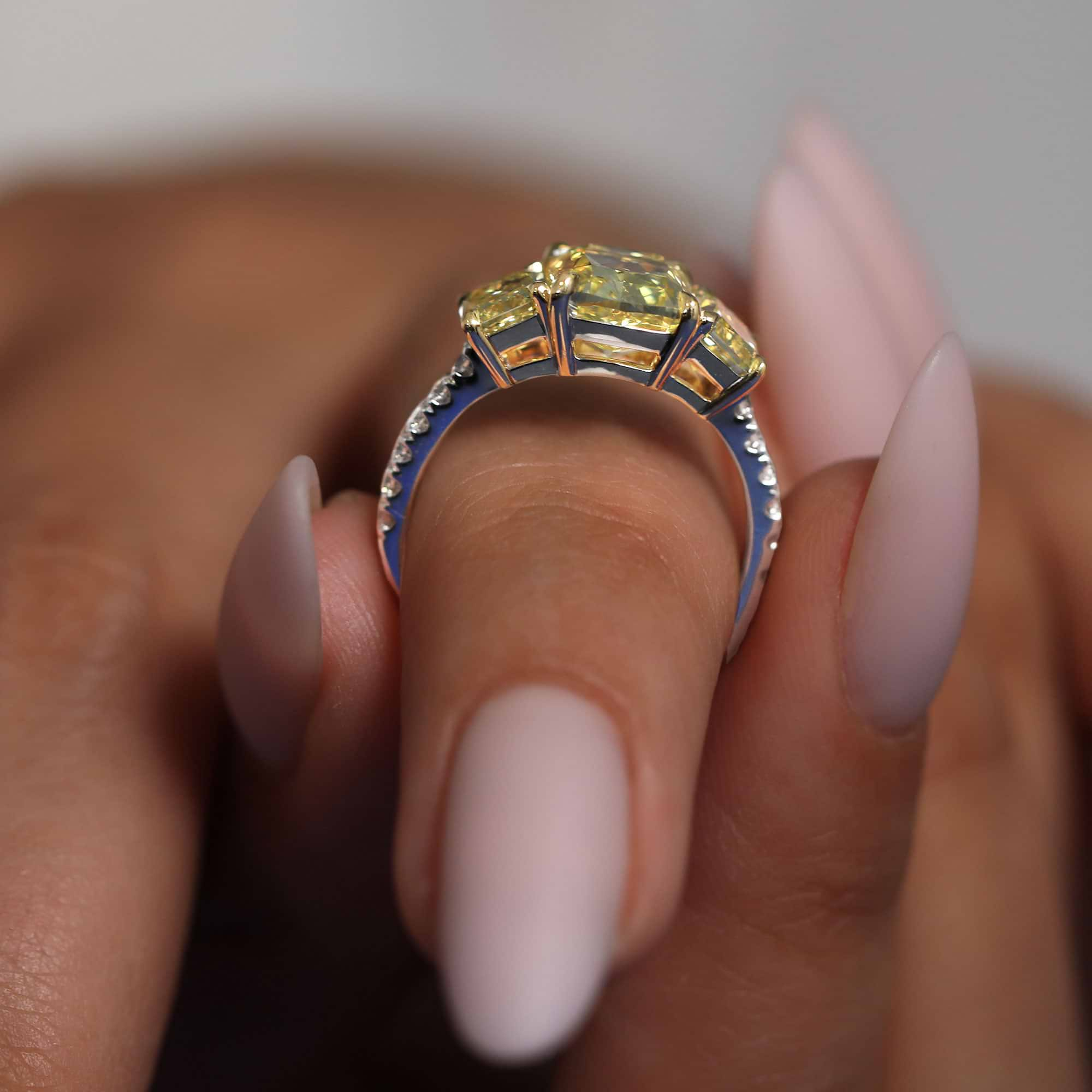Most people are aware that diamonds are mined from beneath the earth’s surface where they have been forming for billions of years. Many may not know, though, what constitutes a diamond’s structure. The simple answer is carbon. Albeit highly organized carbon, but it is still carbon that comprises diamonds. To be more specific, it is the combination of carbon dioxide, extreme heat, immense pressure (as a result of the depth beneath the earth’s surface), and rapid resurfacing that allows carbon to transform into a diamond. Regarding the coloring of the stone, it’s actually compound elements that mix themselves in with the carbon.

Natural red diamonds from Leibish
Read about The 4 Cs Of Fancy Color Diamonds: It’s All About The Color
Giant Molecular Structure
In order to understand how a diamond is built, you will need to imagine a very precise structure. This giant molecular structure is what makes a diamond a diamond. Each carbon atom is covalently bonded to four other carbon atoms, making the bond so strong that it demands an enormous amount of energy to separate them. The many strong covalent bonds that are present in a diamond make a diamond’s boiling point and melting point very high. Additionally, a diamond does not conduct electricity, as there are no free ions within the stone.

Looking at a diamond closely with a 10x magnification through a loupe
Precise, Strong, and Refractive
The unique structure of a diamond makes it the unusual specimen that it is. Diamonds are the sturdiest substance known to man because of the incredibly precise internal structure of the carbon atoms. This arrangement is also what makes it refractive, though it is not the structure alone that causes a diamond’s phenomenal shine. Its refractive quality is enhanced when diamonds are cut in a way that allows light to enter and then be reflected in several directions. That is the idea behind the popular brilliant cut. In fact, it is the cut of the stone (regardless of the shape) that contributes the most towards the brilliance and shine.
Read about how diamonds are cut
How Synthetic Diamonds are Made
One of the biggest “threats” to diamonds and the diamond world today are synthetic diamonds. The diminishing supply of natural diamonds combined with the escalating prices and advanced technology has led scientists and manufacturers to come up with a way of producing synthetic diamonds that is as close to the real thing as possible. This is done by mimicking the natural process. Synthetic diamonds are not a threat to diamonds per se as much as they are to the diamond world as a whole since those in search of a real diamond may fall prey to a synthetic diamond, unaware of the difference. Therefore, the diamond industry must take the necessary measures to avoid mix-ups and misunderstandings, and to protect the natural diamond’s legacy. HPHT (high pressure, high temperature) is one of the methods used to replicate diamonds. Graphite, which is made from pure carbon, is squeezed by tiny anvils in an HPHT machine while it is injected with high-temperature electricity. Though it only takes a few days as opposed to billions of years to produce these stone, they are not quite the same quality as natural diamonds. Another method of creating synthetic diamonds involves less pressure, as it is placed in a depressurizing chamber, and is encased with natural gas through a microwave beam. The gas is heated to almost 2,000 degrees, causing carbon atoms to shower down on the diamond and stick to it. This results in a perfect diamond practically overnight. Although synthetic stones have the same scientific build, it is missing everything natural about the process.
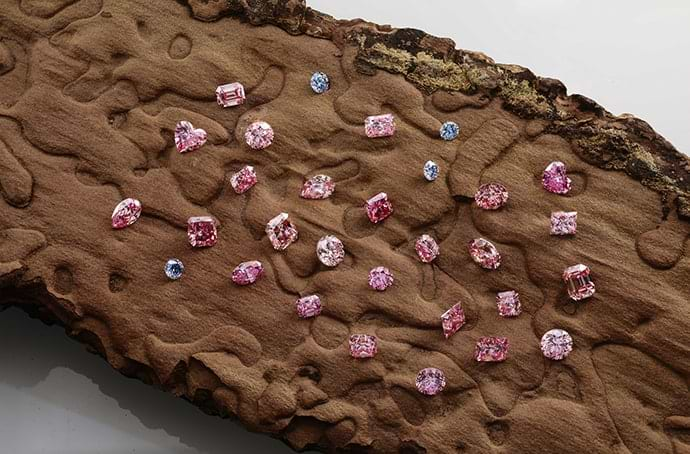
Natural Argyle Pink Diamonds from the Argyle Tender
Learning about how a diamond is made and what it has gone through to get here should give you more appreciation for the gem. Understanding that so much work needs to be done in order for it to look the way it does will cause you to see diamonds in another light. That is why no matter how good an imitation may be; it will never actually be a real diamond.
